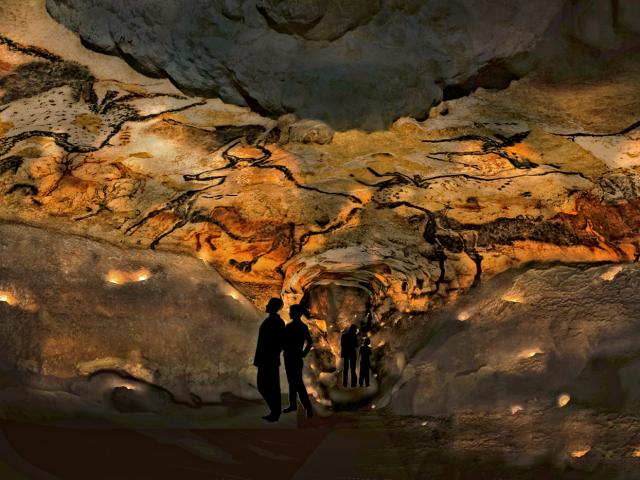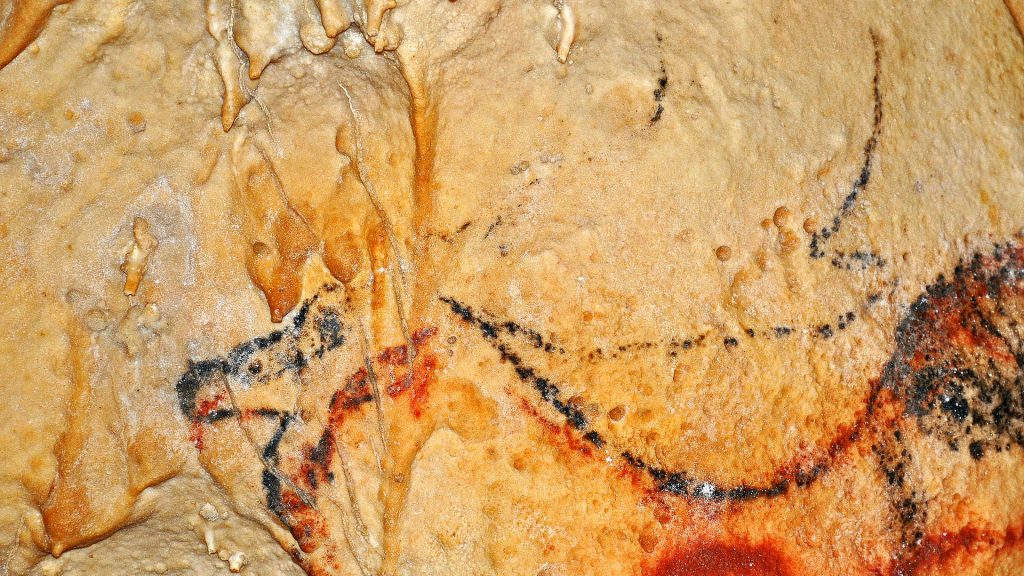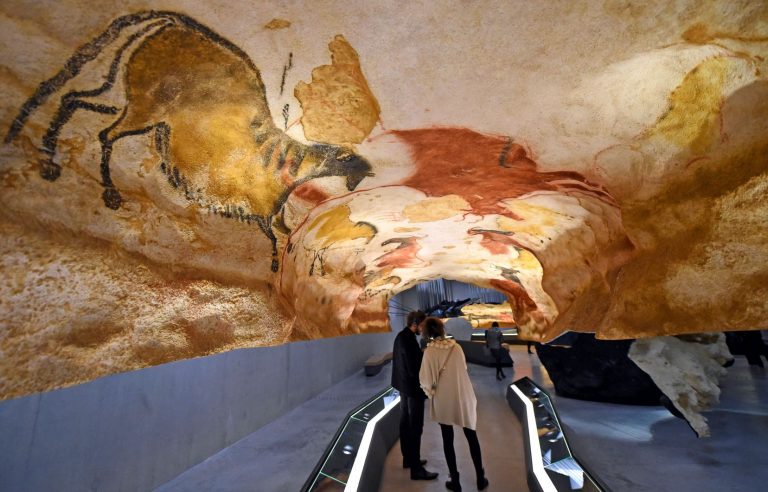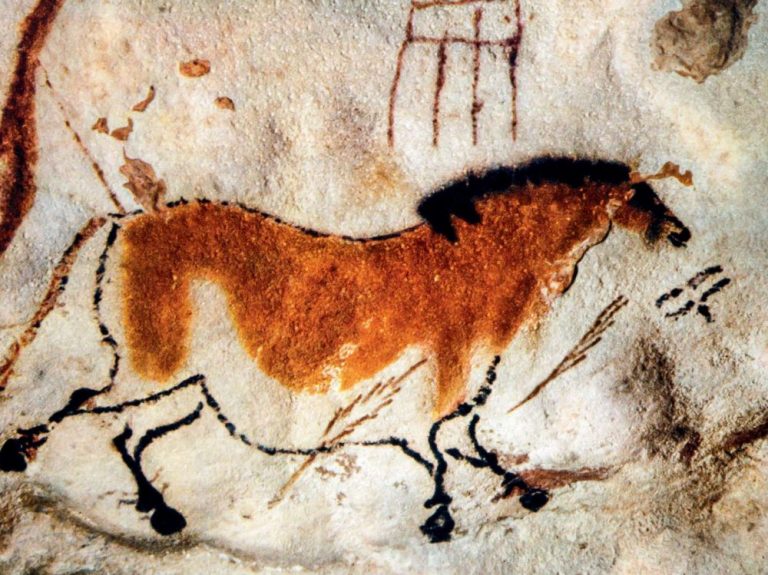Grottes de Lascaux
The Dordogne has many prehistoric sites and caves dating back to the Paleolithic and Cromagnon periods, which tell us about the environment and way of life of the first human communities living in Europe’s caves several thousand years ago.
These sites include the Lascaux cave system, located in the commune of Montignac.
The site has not been accessible to the general public since the 1960s. Nevertheless, you can see what the works that adorn its walls look like by visiting the copy (Lascaux II) or from the complete reproduction of the International Centre of Cave Art (Lascaux IV).
Where are the Lascaux caves?
The caves are located in the commune of Montignac.
World famous, they are one of the many classified prehistoric sites in the Vézère valley, a true “Sistine Chapel of Prehistory”.
For conservation reasons, it is no longer possible to visit the original caves. The public can, however, get a glimpse of the treasures inside thanks to the copy which opened in 1983. Even better, since 2016, the International Centre for Cave Art has been showing a complete reproduction of the cave paintings that adorn the Lascaux caves.
The Lascaux caves – key figures
The Lascaux cave system was discovered by four teenagers in September 1940. It was opened to the public in 1948, but was closed for conservation reasons in 1963.
Following the closure of the original cave in the 1960s, a copy (Lascaux II) has presented some of the works on the site since 1983; from 2016, the public has been able to see a complete reproduction of the cave paintings at the International Centre for Cave Art (Lascaux IV).
The paintings and carvings in the Lascaux caves were made between 17,000 and 19,000 years ago. Estimates were made by carbon-dating, but also of studies of the various objects found on the site. Most specialists attribute these works to the Magdalenian.
Lascaux IV stands out for the diversity of its visitors, with 60% French and 40% foreigners, whereas the ratio is around 80/20 for the other sites.
Lascaux IV welcomed some 500,000 visitors in 2017. In July 2019, Franceinfo reports that the number of visitors passed the symbolic million mark. “The one millionth visitor was identified this morning on [Thursday 11 July],” said André Barbé, general manager of Semitour, the site operator.
Who discovered the Lascaux caves?
In September 1940, Marcel Ravidat discovered a cavity in the hill of Lascaux.
Four days later, the young man returned to the scene accompanied by three of his friends, Jacques Marsal, Georges Agniel and Simon Coencasa. The teenagers ventured into the caves and discovered the numerous prehistoric rock art paintings that adorn its walls.
Maurice Thaon, a recognised specialist in cave art, later made the first drawings and sketches of the walls of the Lascaux caves. More than thirty surveys were subsequently to be carried out. Maurice Thaon resumed his work after 1942, this time photographing the paintings.
The Lascaux caves opened to the public after the Second World War, more precisely from 1948. The site then attracted millions of visitors. The inestimable value of the cave paintings and the particular importance with which the public regarded them moved Abbé H. Breuil – under whose authority Maurice Thaon had worked – to the point that he nicknamed the caves the “Sistine Chapel of Prehistory”.
To define a strategy for safeguarding the caves, André Malraux, then Minister of Culture, set up a scientific commission. The government finally decided to close them to the public on 18 April 1963.
Visit the famous prehistoric caves
After the copy of the original caves (Lascaux II) and the travelling exhibition of Lascaux III, the International Centre for Cave Art (Lascaux IV) has been offering a life-size reproduction of the paintings and carvings that adorn the Lascaux caves since 2016.
The place is one of the must-see places in the Vézère valley. The visit is an unforgettable moment to share with family and friends. This is an opportunity for adults and children alike to learn more about the cave paintings created thousands of years ago.
Lascaux IV offers an interactive and digital tour of replicas. Thus, with a tablet in hand, visitors can discover the reproductions of the art in the Lascaux caves at their own pace.
Several rooms await the visitors. In the workshop, the public is plunged into the heart of the paintings in the Lascaux IV caves with greater precision. There, people can also relive the interpretation of cave art through the ages, in the digital theatre.
The 3D cinema also allows you to immerse yourself in other caves around the world. Finally, a customisable exhibition room features the greatest contemporary works of art.






